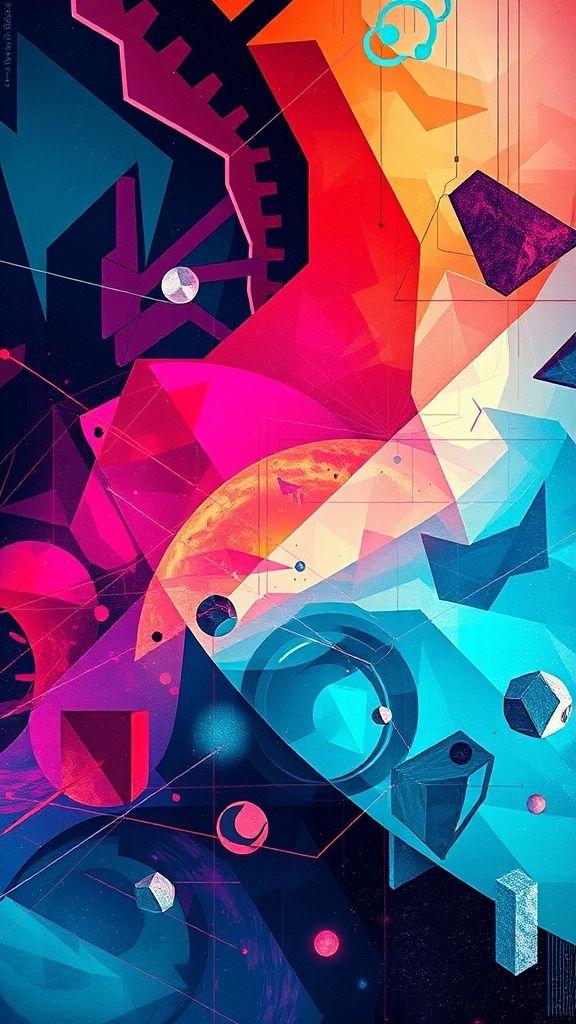Tandem Rotor Drone Stuns With Historic First Flight In Northeast China
China’s latest unmanned aerial vehicle (UAV) technology, the Boying T1400 tandem rotor drone, …
30. September 2025

OpenAI has announced the release of Sora 2, its latest video and audio generation model, and a new social media app called Sora. This development marks another significant milestone in OpenAI’s efforts to push the boundaries of generative AI technology.
Sora 2 is the second iteration of OpenAI’s video and audio generation model, following up on the successful launch of its first-generation model last year. According to OpenAI, Sora 2 has been designed to address some of the limitations and challenges faced by previous models. One key area of focus for Sora 2 is improving realism, allowing users to create more authentic and engaging content.
The new social media app, Sora, is built on top of Sora 2 and offers a range of features that enable users to create, remix, and share videos with others. The app is designed to be intuitive and user-friendly, making it accessible to creators of all levels. With Sora, users can experiment with different styles, effects, and prompts to produce unique content.
One of the standout features of Sora 2 is its ability to generate realistic background soundscapes, speech, and sound effects. This allows users to create more immersive and engaging videos that feel like they were produced by a professional team. OpenAI has also incorporated an “inject elements of reality” feature, which enables users to add realistic details and textures to their creations.
To help users get started with Sora 2, OpenAI has launched the Sora app, which is now available for download in the US and Canada. The app offers a range of tools and features that make it easy to create, share, and discover new content. Users can also access advanced editing tools, such as Remix, Storyboard, and Blend, to further enhance their creations.
OpenAI’s strategy behind Sora is multifaceted. By releasing Sora 2 and the accompanying app, OpenAI aims to expand its reach and engage with consumers in a more direct way. The company has been working on diversifying its product portfolio, and Sora represents an important step in this direction. With Sora, OpenAI seeks to tap into the vast creative potential of its users, providing them with a powerful tool for self-expression.
Industry analysts have been weighing in on the implications of Sora 2 and the launch of the Sora app. According to Bradley Shimmin, an analyst at the Futurum Group, “Sora emphasizes what I see as a priority for OpenAI: engagement with consumers.” By making its advanced AI model available for free, OpenAI is taking a bold step towards democratizing access to creative tools.
However, not everyone is optimistic about Sora 2 and the social media app. William McKeon-White, an analyst at Forrester, notes that while improvements to controllability, consistency, and safety are noteworthy, it remains to be seen how well the model will perform in real-world applications. “If Sora 2 genuinely does reduce the back-and-forth required,” McKeon-White said, “that would be a game-changer.”
The launch of Sora 2 and the app has also sparked debate about the potential for misuse and regulatory challenges. Arun Chandrasekaran, an analyst at Gartner, points out that Google’s Veo model offers a more established track record in terms of consistency and audio-visual alignment. “Veo is certainly a much proven model at this point due to its consistency and audio-visual alignment,” Chandrasekaran said.
As the social media landscape continues to evolve, Sora 2 and the app are poised to play an increasingly important role. With its emphasis on speed, social use, and creative tools, OpenAI is well-positioned to capitalize on emerging trends in video and audio generation.
The launch of Sora has also raised questions about data privacy and security. As with any social media platform, concerns about user data will be a top priority for OpenAI as it seeks to expand its reach. “Consumers need to pay special attention to using applications like these if they are concerned about their privacy and security,” Shimmin said.
In response to these concerns, OpenAI has committed to implementing robust safeguards and guidelines for user data protection. The company has also established default limits on the number of generations that teenagers can view per day, as well as stricter permissions on Cameos for teens.
The rollout of Sora 2 and the app will be subject to regulatory scrutiny in various regions, including the EU and UK. OpenAI has announced plans to maintain restricted access in these regions while navigating regulatory landscapes such as the Online Safety Act and GDPR.
As with any major technological advancement, controversies have already emerged surrounding the use of generative AI tools like Sora 2. Artists have accused OpenAI of glossing over concerns about potential negative impacts on their professions by leveraging creativity to enhance the product’s image. However, OpenAI has taken steps to mitigate these risks, including restrictions on depicting specific individuals and explicit content.
The future of Sora 2 and the app will be shaped by how well it performs in real-world applications and how effectively OpenAI addresses regulatory challenges and concerns about misuse. With its emphasis on speed, social use, and creative tools, Sora 2 has the potential to revolutionize the way we create and interact with video and audio content.
Key Takeaways:
By understanding these developments, industry stakeholders can begin to weigh in on the implications of Sora 2 and the launch of the Sora app.